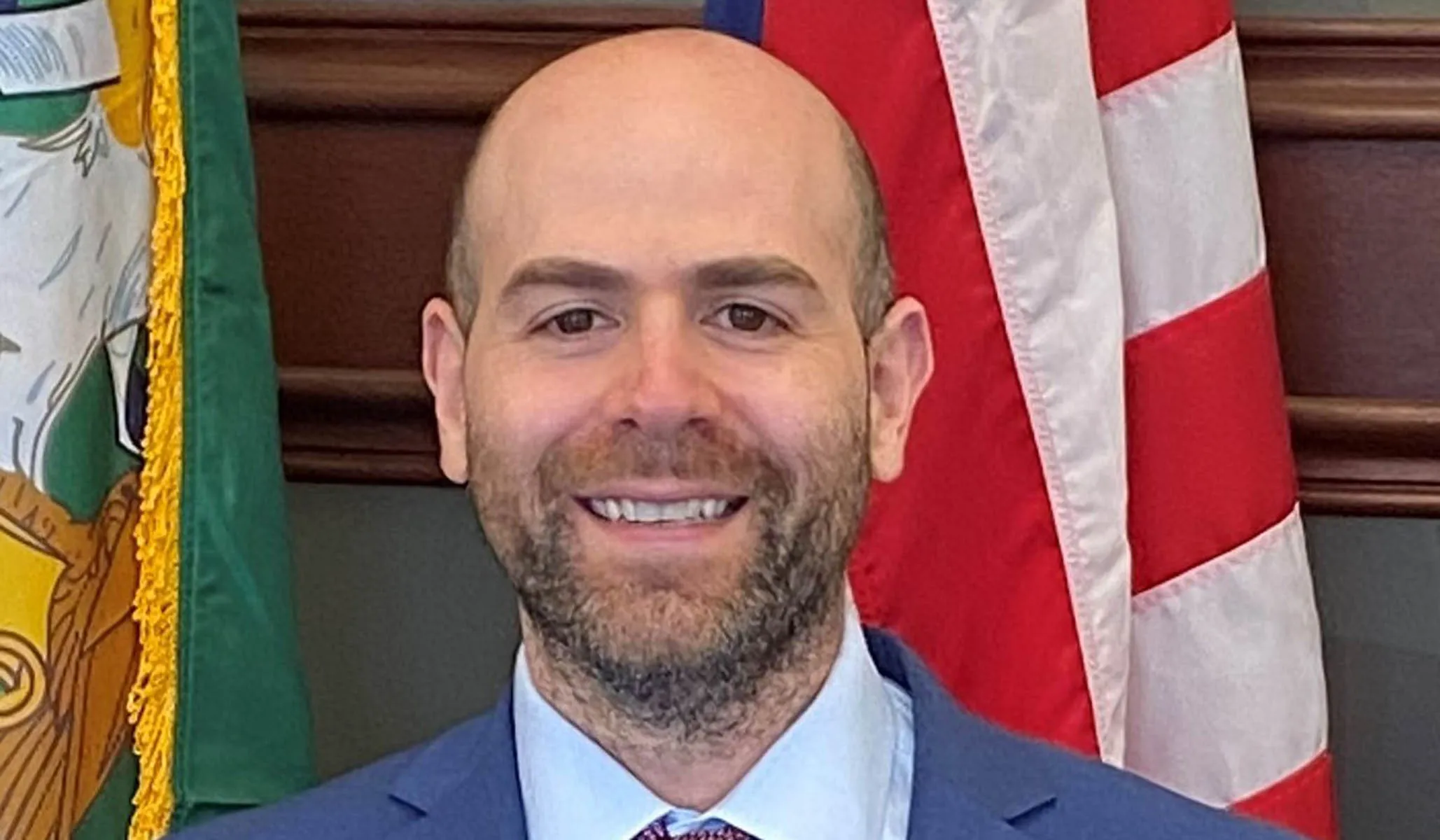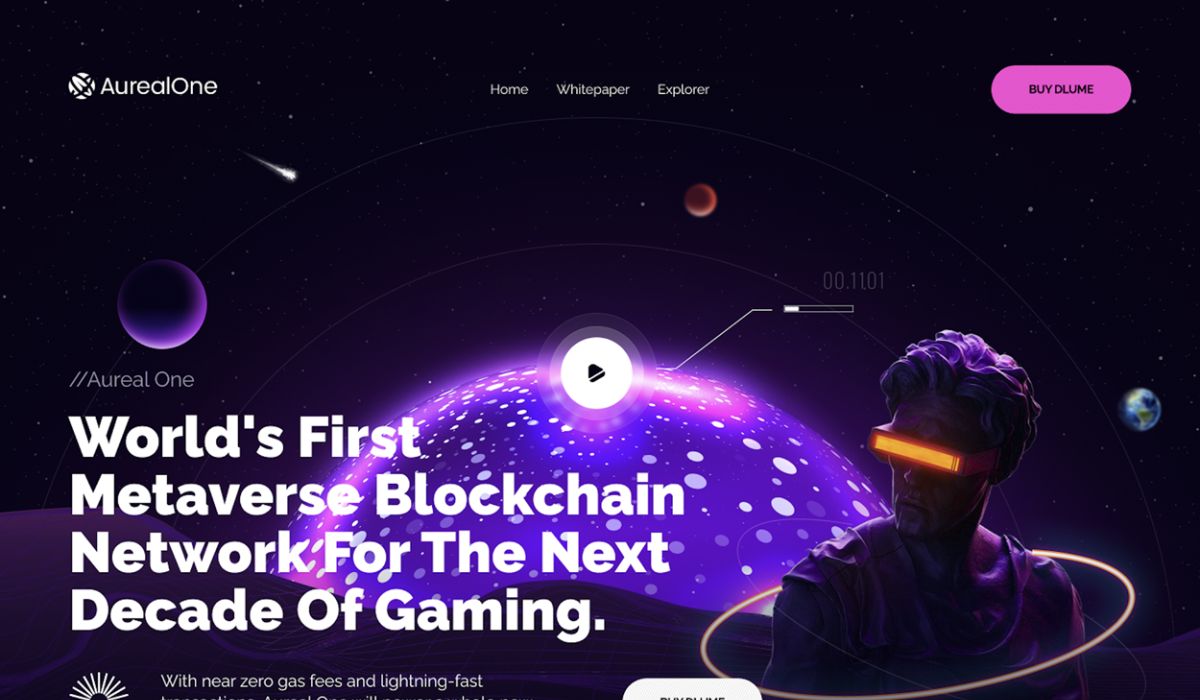ARTICLE AD BOX

The post Embracing the Spirit of Nintendo: NexGami Ventures into the Wild Frontier of Web3 Gaming appeared first on Coinpedia Fintech News
Vancouver, Canada, December 17, 2023 – In Japan during the 1980s, gaming consoles were emerging as entertainment devices, sparking fierce competition among manufacturers, each boasting the computing and programming capabilities of their consoles. Yet, the “war” saw no end in sight until Nintendo’s first home FC gaming console was launched in July 1983. This product caused a huge stir in the gaming world, with Nintendo taking a different path by emphasizing its device’s sole purpose for gaming.
As a corporation that has thrived for centuries, this principle underlies Nintendo’s success. Critics might argue they resist change and go against the market trend, but as legendary Nintendo president Hiroshi Yamauchi said, their focus is on the essence of gaming itself, striving for timelessness and perfection in their unique products.
Brice, founder of the Web3 gaming platform NexGami and one of the many “fans” of Nintendo, was a successful game industry professional and an avid gamer before diving into Web3. He led a team that achieved the highest monthly revenue in China’s mobile gaming market. His favorite project maintained 40% of its peak revenue four years later without any new users, purely relying on loyal players’ engagement and spending. He shares Nintendo’s belief that games must be “fun to play.”
Shigeru Miyamoto, the creator of iconic Nintendo game series like Mario and Zelda, once said, “I create in a whimsical way, not specifically to make a game. To me, the process itself is the game. I’m not creating for children, but for myself, for all adults who still have a child’s heart.”
To Brice, the deep interaction between game creators and players should be enjoyable. As the head of an online game, designing rules and gameplay to attract users is essential. “But this process is not just a hobby; it also requires understanding your user base. You need to have a lot in common with them.”
Brice’s excitement is palpable when he talks about Nintendo, always aspiring to emulate their success. However, the traditional gaming market has changed significantly. Since 2010, China’s gaming industry has been on the decline. According to a report by Huaxi Securities, the growth rate of China’s game market dropped from 40% in 2010 to 5% by 2018, with the market shrinking even further today.
The blockchain gaming market, however, presents a different picture, rapidly expanding in recent years. Yet, Brice notes that most Web3 game players are motivated by a “Play to Earn” mentality, and the products mainly attract Web3 native users, who essentially “just found another way to speculate on tokens.” After feeling that there was no room for advancement in traditional gaming, Brice embarked on his Web3 journey.
The Birth of NexGami
Looking back at Nintendo’s history, one of its innovations might seem insignificant now: the small directional buttons on the FC game controller. In today’s world of home gaming consoles, directional buttons are a standard design. Sometimes, it’s the simplest ideas that spark an era of brilliance…
Realizing the various issues within the gaming industry, Brice discovered that his Web3 platform needed innovative ideas to design something more engaging and appealing…
This time, he wanted to do more than just create games; he envisioned a Web3 gaming platform that includes publishers and distributors, with a deeper plan for the impact of blockchain economics on gaming.
Brice noted that in the traditional game publishing process, multiple stakeholders are involved, including game developers, publishers, distributors, and player alliances. Sometimes there’s a tug of-war between channels and publishers because of the involvement of various parties and interests, making revenue sharing a complex issue.
From the inception of the project, Brice considered the importance of Token economics in blockchain gaming, saying, “The introduction of Token economics allows for direct distribution of game profits to developers, players, and others who contribute to the game, achieving decentralized distribution. This method improves the fairness and transparency of games, stimulating the enthusiasm and creativity of all parties.” After delving into investment economics, Brice believes it simplifies the cumbersome steps in the middle, directly completing revenue distribution.
Brice’s vision is as follows:
If the game’s revenue circulates solely through Tokens, then holding a proportion of a project’s Tokens according to regular ratios easily accomplishes revenue distribution.
Moreover, by automating or rationalizing revenue distribution, many stakeholders are motivated to work harder due to their Token allocation, thereby increasing their income. Each party can focus on what they do best, but the form of income distribution becomes simpler and more straightforward. Players can spontaneously complete certain tasks.
“What we care about is how users interact with Tokens after entering, and how Fi in GameFi functions,” Brice explains.
“We have what I call a ‘3 Token’ system, besides the circulating token, which is the issued main token, there are also dividend tokens and governance tokens. Dividend tokens affect your earnings in the game, achieved through staking and participation in gameplay. The longer you hold, the higher the dividend ratio you receive. Governance tokens are used for some important decisions after the platform’s development, such as game listings, rule adjustments, etc., which need to be completed through voting.”
Thus, in 2022, NexGami was born. Based on the Polygon network, Brice describes it as a Web3 version of Steam and Twitch combined. “Players can interact with other players, participate in governance and decision-making, and even earn income by accepting advertisements. This design allows players to engage more deeply with the platform, not just as consumers.”
One year later, the GameFi platform NexGami announced it had completed a $2 million seed round at a post-money valuation of $20 million, with investments from Polygon Ventures, Fundamental Labs, and Ledger Capital, among others. Recently, NexGami’s test attracted over 350,000 users.
In the Wilds, Lighting the Fire of Stars
Once, to ensure the quality of game software, Nintendo required contracted software companies to pass Nintendo’s product testing. Moreover, contracted companies could provide no more than five games to Nintendo per year, and the games could not be adapted for other manufacturers’ models. The “overlord clause” ensured contracted companies went all out to improve product fun and produce hit games.
Nintendo’s former president, Hiroshi Yamauchi, also said that good products are closely linked to time and trust. To avoid “rushing” affecting the product experience, Nintendo’s product development had “no deadlines.”
A similar approach also inspired NexGami: “If we introduce games, they have to be fun.” Brice mentioned that NexGami initially focused on high-quality traditional games “chain-modified” products, with a full introduction of various game types as the platform matures. “This is because the current stage of GameFi is not fun. When the platform matures, GameFi will become more mature and fun, and we can introduce a large number of them,” Brice explained.
As the early planning of the economic model continues to improve, the foundation of the NexGami platform is laid, but Brice finds they have arrived in a “wild land.” GameFi, as a new subdivision, only began to enter people’s vision at the end of 2020. According to footprint data, by the end of 2023, the overall market value of GameFi was $9.8 billion, accounting for 0.61% of the total market value of the crypto market.
Moreover, in the blockchain gaming track, there are countless examples of project parties running away, such as BNBH running away 15 days after its launch, and Crypto Mines experiencing a near-zero market value crash after 3 days.
“I dare say that most blockchain games won’t last more than 6 months. They attract only ‘Play to Earn’ Web3 native users.” Brice said, “What’s worse is the quality of Web3 games, which is hard to compete with traditional games.”
Balancing ‘Play to Earn’ Web3 native users and ‘game enthusiasts’ is also one of NexGami’s focuses. Brice stated that the biggest difference between this platform and other Web3 game platforms lies in its income model design. The current Web3 platforms mainly earn income by attracting players to participate in financial games, but this model’s income source is not stable, making players potential ‘bagholders.’
NexGami’s platform is more like a traditional game platform, focused on providing services to game players. “We attract players and earn from their entertainment spending,” Brice explained. “Once we have a sufficient community user base, we will also introduce advertising revenue, believing that introducing an advertising system can bring benefits to players.”
Brice divides user acquisition into three steps.
The first step is to attract ‘crypto users’ to form a basic community. The essence of crypto users is to participate early and then make money. “We don’t reject this practice. This is our foundation. “Currently, we have over 300,000 community members. Our goal is to reach a small million-level community scale within a year, composed entirely of crypto users.”
The second step is to introduce a large number of traditional game users after the platform is launched. The characteristic of traditional game users is that they are good at ‘playing’ games, good at socializing, and know how to form teams and maximize benefits in game events.
Therefore, we hope that crypto users and traditional game users can serve as mentors to each other, teaching each other in areas they are not good at, forming a unique community ecology.
The third step is for the platform to provide a rich service system, including functions, economic design, economic system design, and cooperation and resource introduction with third parties. Including wage distribution, internal transactions, and other financial attributes, to promote the integration of social and financial activities, allowing players to form close social relationships, establish large guilds, with guilds competing and cooperating with each other. Guilds have a convenient management system that can allocate tasks, cooperate in combat, and grow together.
Brice candidly said that NexGami’s ‘three-step’ will take a lot of time. But like Nintendo’s ‘no deadlines,’ this is also what he thinks is the biggest difference between ‘game people’ and ‘Web3 people’: ‘The Web3 field pays more attention to the frequency of actions and the impact of activities, with relatively lower requirements for product details and design. Traditional game development and operation often take three to five years, we can tolerate the long development cycle of the project, and are more tolerant of the interval between each major event. Not eager to see short-term profits.’
Brice is not afraid of the ‘wilderness’ of the Web3 game market, nor does he deny the existing Web3 games, “A product, some parts have some highlights, and then it pushed this era to continue to develop.” Brice exemplified, “Early traditional games were also rough, ‘King of Kings,’ ‘Stone Age,’ ‘Jin Yong Qun Xia Chuan online’ these old online games did not last too long, until we welcomed ‘Legend,’ opening the online game era.”
The ‘Guild’ Myth
In 2001, Shanda Networks announced its entry into the interactive entertainment business and obtained the operating rights for ‘Legend.’ In just a few months, ‘Legend’ became a widely popular game, attracting countless players to form game guilds.
Taking ‘Legend’ as an example, there was once a coalition of 17 guilds attacking ‘Sinful Sky’ and Shacheng, resulting in nearly 7,000 people fighting day and night for three days, finally ending in an official mediation ‘ceasefire’; In ‘EVE Online,’ the game’s two largest guilds organized nearly ten thousand players for battle; In ‘Romance of the Three Kingdoms 2017,’ the ‘war’ between guilds lasted 60 days… It can be said that these guilds created multiple ‘myths’ in the game.
And Brice believes that guilds will be the key to attracting traditional users to NexGami. “Guilds or player groups are typical representatives with deep connections to the game officials. Game officials will give better preferential conditions to guilds to attract them to their game.”
Inside the game, the interaction and competition between players are often a way to stimulate the desire to recharge. When players conflict with opponents, this can arouse the opponent’s competitive desire, possibly prompting them to recharge more. As the president of a guild, forming a competitive relationship with opponents, the opponent may choose to recharge more money to surpass the guild.
“Therefore, the products we are about to introduce are all in the traditional game field. I absolutely dare not say they are all first-class level, there may also be some ‘second and third tier’ products. At the same time, we find that ‘second and third tier’ products do not mean they don’t make money, ‘second and third tier’ products also have millions of users, which is quite considerable.” Brice said, these products are qualified to occupy a place in the market, qualified to attract a certain number of players. “When we attract these players, we will gradually guide them to integrate into our platform and gradually into the entire ecosystem.”
Being the Nintendo of Web3
Nintendo’s fourth president, Satoru Iwata, said, “What’s important is not next-generation technology, but a revolutionary new game experience. Technological power is not the most important thing.”
Brice also agrees with this view. Games, for them, these heavy players, are actually a presence of white moonlight. So when he hears about introducing speculation in coins or people reselling skins, he is always resistant. But in fact, the traditional game field originally needed some fresh water to ensure long-term development, including auctions, item trading, and off-platform transactions, etc. He believes blockchain is just a technology, but its importance lies in the possibility it brings to solve some problems within the traditional game field, thereby bringing transformative game experiences.
“Our project is led by me, and the entire team is somewhat idealized to some extent. We have experienced the ups and downs of the industry and hope to find a way out for the declining traditional game industry. In my view, Web3 is worth trying.” Brice said, “I like Nintendo very much. Although our platform is not a giant in the game industry, like Nintendo, we, those who love games, have always been sticking to our initial heart.”
For more information about NexGami, please visit our website: https://www.nexgami.com.
.png)
 10 months ago
4
10 months ago
4








 English (US)
English (US)